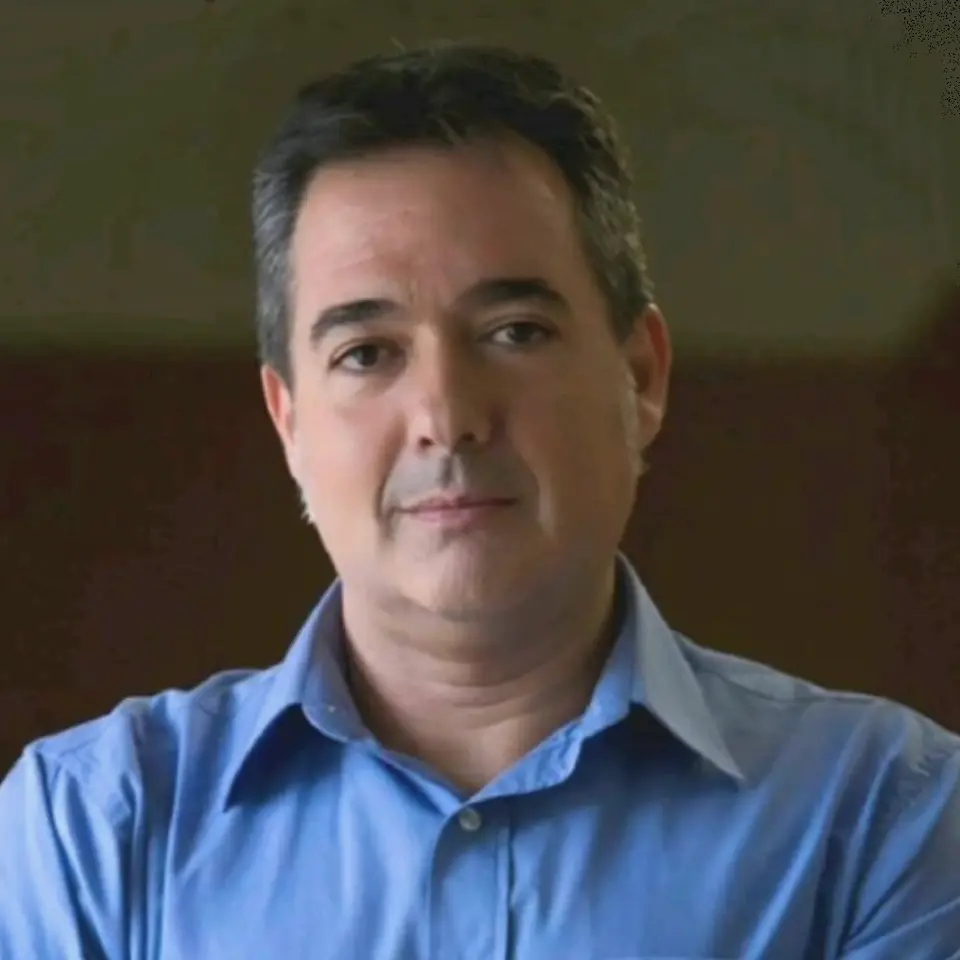
Funding Programme/ Agency: Horizon Europe HORIZON-JU-RIA
Acronym: SASICU
Institution: DRAGERWERK AG & CO KGAA
Project type: HORIZON-JU-IHI-2022-03-single-stage HORIZON-JU-RIA
Implementation period: 01.10.2023 – 30.09.2026
Budget: 17,621,997,50 €
Project website:
PROJECT SUMMARY:
Intensive care units (ICUs) are highly technical environments, with myriad machines monitoring patients’ vital signs and keeping them alive by supporting their vital organs and delivering medicines, fluids and nutrients. These machines are equipped with multiple alarms which sound when they detect an issue. The problem is that alarms sound so frequently that it is increasingly difficult for ICU staff to pick up on which alarms require attention and which can be safely ignored due to the context. Moreover, the sheer number of alarms can induce ‘alarm fatigue’, when staff no longer notice them. On the patient side, the constant beeps and bells often prevent them from getting the rest they need to heal.
Studies have shown that the majority of alarms in ICUs are false or do not require clinical intervention, meaning that there is immense potential to reduce noise levels and make ICUs more peaceful places for staff and patients alike.
The aim of SASICU is to use smart technologies to both reduce the frequency of alarms in the ICU and make it easier for staff to identify patients at risk of deteriorating or developing post-intensive care syndrome (PICS).
The project makes use of the service-oriented device connectivity (SDC) standard (ISO/IEEE 11073 SDC), which facilitates the interoperability of different medical devices and IT systems. SASICU will run four studies at different hospital sites across Europe to explore how system architectures based on SDC standards can help to make ICUs more peaceful and also improve patient care.
One study will explore how alarms can be directed to the appropriate staff member instead of sounding at the patient’s bedside. It will also investigate how silencing bedside alarms contributes to patients’ healing process. Another study will assess how algorithms could identify unnecessary alarms that could be silenced without affecting patient safety.
Two further studies focus on how the SDC standards could support artificial intelligence (AI) applications. Today, there is no way to predict which patients will develop PICS, a combination of physical, psychological and cognitive symptoms that affect some patients after discharge from the ICU. One study aims to develop algorithms that can analyse ICU patients in real time and detect clues that a patient is at risk of PICS early on, so that their care can be managed appropriately.
Finally, the fourth study focuses on heart-lung interactions and aims to deliver algorithms capable of detecting certain syndromes and negative developments in patients’ condition. Based on this, a decision support system for clinicians will then be developed and evaluated.
SASICU’s partners include university hospitals as well as medical device and IT companies.

Project Coordinator:
Name and surname: Miguel Àngel Mañanas
Email: miguel.angel.mananas@upc.edu
Personal Profile: Linkedin – Miguel Àngel Mañanas

